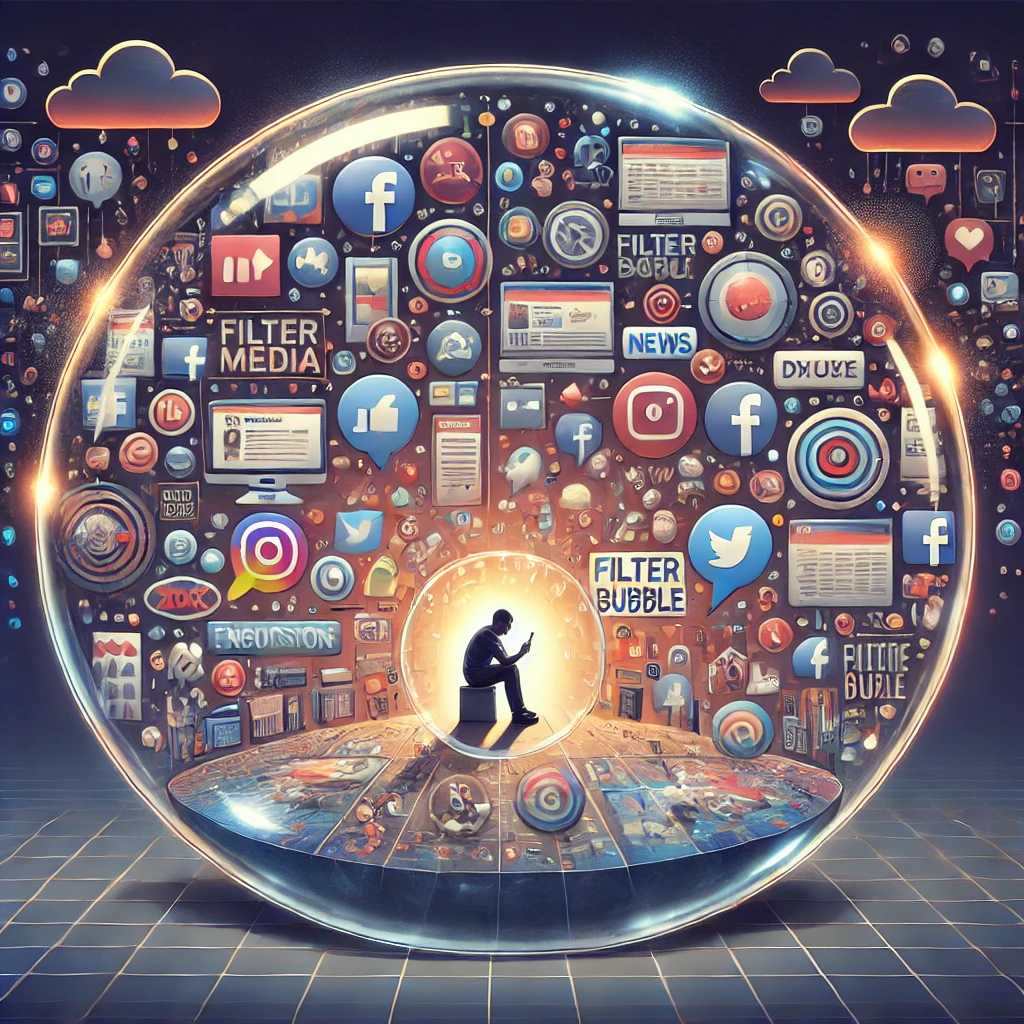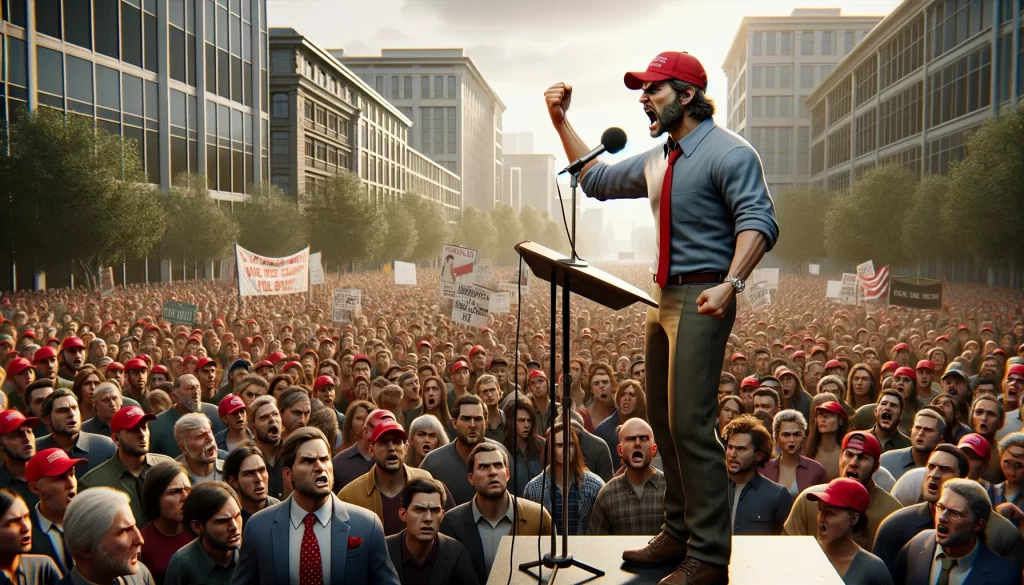
The time has come, the Walrus said,
To talk of many things:
Of shoes – and ships – and sealing-wax –
Of cabbages and kings –
Louis Carroll
“The Walrus and the Carpenter”
Introduction
Recently, I have been researching the role of social media and the spread of modern propaganda. One of the things that surprised me, although it probably shouldn’t have, is how rapidly misinformation spreads over the internet as compared to verifiable fact-based information. I choose to use the term verified or verifiable rather than true or truth. It seems to me that we have entered an age where each person decides on their own version of truth. Truth has become relative. It’s based not on verifiable and reproducible facts but rather on who said it, where you read it, or if you agree with it. If it doesn’t fit with your preconceived notions, it can’t possibly be true.
A study by three MIT researchers found that false news spreads more rapidly on the social network Twitter (now X), by a substantial margin, than does factual news. “We found that falsehood diffuses significantly farther, faster, deeper, and more broadly than the truth, in all categories of information, and in many cases by an order of magnitude,” reported Sinan Aral, a professor at the MIT Sloan School of Management.
They found the spread of false information is not due primarily to bots programmed to disseminate inaccurate stories but rather due to people intentionally retweeting inaccurate news items more widely than factual statements.*
To better understand how social media impacts propaganda, it is important to understand how this phenomenon occurs. This leads to two related concepts, Echo Chambers and Filter Bubbles.
Echo Chambers
An echo chamber is a social structure in which individuals intentionally surrounded themselves only with those who share similar views and opinions. Within these chambers, dissenting opinions are either absent or actively suppressed, leading to the reinforcement of existing beliefs. On social media, echo chambers are created by users themselves, as they choose to follow, like, and share content that aligns with their views while ignoring or blocking contrary perspectives. This self-selection creates a feedback loop where individuals only hear what they already believe, which further entrenches their views.
Filter Bubbles
While echo chambers are largely the result of individual choices, filter bubbles are often shaped by algorithms. Social media platforms and search engines use algorithms to curate content for users based on their past behavior, what they click on, like, or share. The stated intention behind these algorithms is to provide users with content that is most relevant to them. But we shouldn’t overlook that it is also a method to make users more receptive to focused advertising and other forms of influence. The net result is a significant narrowing of the variety of opinions presented.
Individual Choice
Both echo chambers and filter bubbles limit the diversity of information by consistently show users content that aligns with their established interests and beliefs, isolating them from conflicting viewpoints and leading to a narrow and sometimes distorted understanding of the world. Over time, this can result in a skewed perception of reality, where the individual believes that their perspective is universally accepted or unquestionably correct.
While echo chambers and filter bubbles are often discussed in terms of algorithms and platform design, it is crucial to recognize the role of individual decisions in their creation and perpetuation. Each time we choose to follow a particular account, share a piece of content, or engage in a discussion, we are making decisions that shape our information environment.
The choices we make, whether to engage with diverse perspectives or retreat into familiar territory, have a profound impact on the information we encounter and share. When we choose to engage only with like-minded individuals and content, we contribute to the formation of echo chambers. Similarly, when we rely on algorithms to curate our content without seeking out alternative viewpoints, we become trapped in filter bubbles.
Echo chambers and filter bubbles are not exclusive to any political affiliation, religion, ethnicity, or social class. They are found across society. The willing acceptance of echo chambers and filter bubbles is the antithesis of critical thinking. When we fail to recognize that we are not considering alternative views, regardless of our political orientation, we are succumbing to indoctrination rather than education. We become unthinking automatons rather than critical thinking individuals who decide what is best for ourselves. Failure to actively engage with the information that we receive, to ensure that we receive multiple viewpoints (even those with which we disagree) and then failing to critically evaluate everything presented is a sure recipe for a loss of freedom.
*The paper, “The Spread of True and False News Online,” was published in Science, 9 March 2018




The Unprecedented Reach of Social Media
By John Turley
On November 7, 2024
In Commentary
A Vast Reach
Social media has proven to be a more effective platform for spreading propaganda than traditional media due to its vast reach, the ability to target specific users, emotional manipulation, algorithm-driven amplification, and the speed at which information spreads. While print, broadcast, and other forms of media still play roles in shaping public opinion, they simply cannot compete with the scale, focus, and speed offered by social media platforms.
This shift represents a fundamental change in the dynamics of information spread. The power to shape beliefs and influence behavior is no longer concentrated in the hands of a few gatekeepers but is now accessible to anyone who understands how to leverage the tools of technology. As a result, the modern information landscape is more fragmented and volatile, making it increasingly difficult to distinguish between genuine information and propaganda.
Understanding these dynamics is essential for navigating the digital world, particularly as social media plays an ever-larger role in public discourse. Whether we can develop better strategies for recognizing and mitigating propaganda in this new environment remains to be seen, but it must be addressed if we are to preserve the integrity of public information.
Sheer Scale
One of the primary reasons social media is more effective at spreading propaganda than traditional media is its sheer scale. Platforms like Facebook, X (formerly Twitter), Instagram, and TikTok have billions of users globally. Information shared on these platforms can be instantly viewed, and reshared by a wide audience, allowing propaganda to spread virally within hours or even minutes. Unlike print or broadcast media, which require significant resources and distribution channels, social media allows anyone with an internet connection to produce and share content.
Targeting
Another critical advantage social media has over traditional media lies in its ability to micro-target specific individuals or groups. Social media platforms utilize algorithms that gather massive amounts of data on users’ behaviors, interests, and demographics. This data is then used to curate content with which users are most likely to engage, creating a personalized experience. While this system may enhance user satisfaction and increase time spent on the platform, it also can create filter bubbles producing highly effective propaganda.
Propaganda creators can design content that speaks directly to the fears, values, or biases of particular segments of the population. By targeting users who are already inclined to believe certain narratives, propagandists can reinforce pre-existing biases, creating echo chambers in which users themselves specifically choose content that reflects their preexisting ideas without encountering opposing viewpoints.
Emotional Manipulation
Social media platforms are designed to maximize engagement, and the most engaging content is often that which provokes strong emotional responses. Whether it’s outrage, anger, fear, joy, or sadness, emotionally charged content is more likely to be shared and spread than neutral or purely informative posts. This creates an environment in which sensationalism and emotional manipulation thrive, making social media fertile ground for propaganda. The old newspaper dictum, “If it bleeds it leads” has been carried to levels never imagined by previous generations of editors.
The Role of Algorithms
One of the most insidious aspects of propaganda on social media is the role of algorithms in determining what content users see. These algorithms are designed to prioritize content that keeps users engaged, often by promoting material that aligns with their existing beliefs or that provokes strong emotional reactions. In doing so, algorithms contribute to the spread of propaganda by ensuring that polarizing or misleading content reaches more people.
The Speed and Scale of Misinformation
Unlike print or broadcast media, where editorial processes and production timelines can act as natural checks on the spread of misinformation, social media operates in real-time. Users can share content instantly, without fact-checking or verifying sources. This speed makes it much easier for propaganda to spread before it can be debunked. By the time fact-checkers have corrected misinformation, it has already reached millions of people, many of whom may never see the correction.
The decentralized nature of social media makes it difficult to trace the origins of propaganda. Fake accounts, bots, and coordinated campaigns can obscure the sources of misleading content, making it harder for users to assess the credibility of the information they encounter. In traditional media, the source of information is typically clear, whether it’s a newspaper, a television network, or a radio station. On social media, the source of propaganda can be either disguised or entirely anonymous, or perhaps even fabricated by artificial intelligence, adding layers of complexity to the problem.
Hopefully this Brave New World of social media does not overwhelm the values that guide our country.